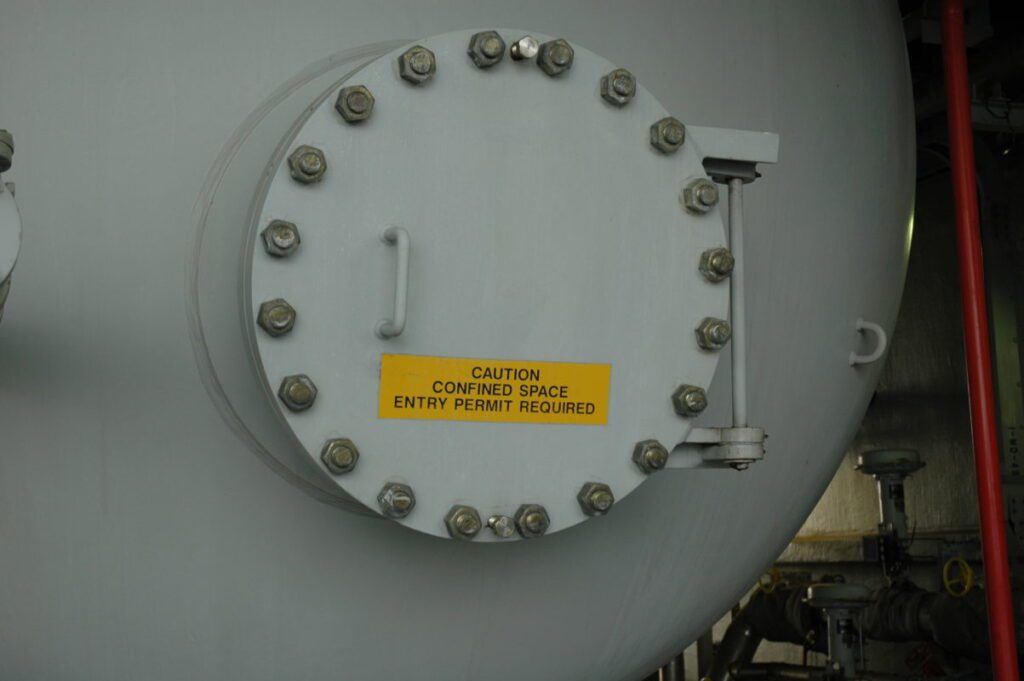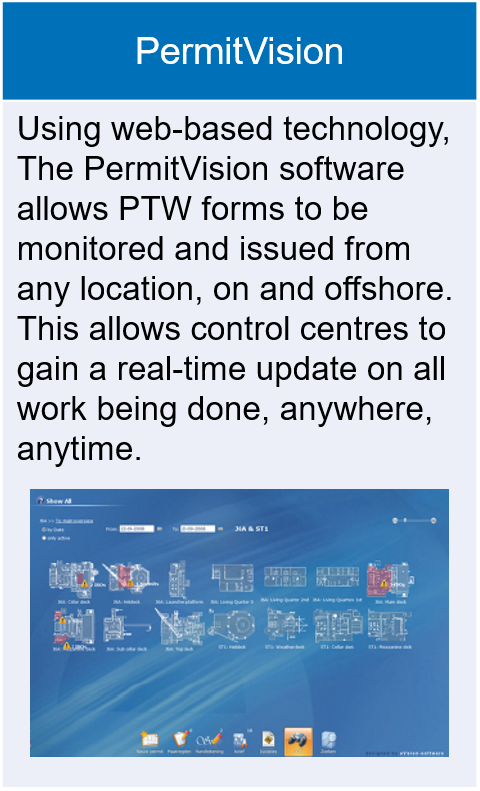An introduction to electronic permit to work systems
INTRODUCTION
A Permit to Work (PTW) system provides a formal documented system to control potentially hazardous activities, and is an integral part of a safe system of work.
Historically, PTW systems have been paperbased. However, new technologies, such as e-Permits or Integrated Safe Systems of Work, are playing an ever increasing role in assisting organisations to achieve effective management of hazards, and delivering a step change in safety performance.
e-PTW systems ultimately produce a piece of paper akin to conventional PTW systems. But if the end result is the same, what is the difference? Do electronic systems simply offer a neater way to produce and store the same information? ‘Certainly not’ should be the answer, but in practice, careful consideration and selection of the e-PTW system is required if improvements are to be realised.

E-EFFICIENCY AND E-SAFETY
All e-PTW systems claim that their principal benefits fall into three categories:
- Productivity gains
- Risk reduction
- Management control
The key to gains in efficiency compared to paper-based systems is the intelligent process that precedes the output of a permit. This ensures that the correct category of PTW is raised (e.g. for hotwork), together with any supporting certificates and links to supporting information. A properly designed e-PTW system will also have the necessary ‘authorisation gates’ built into the software, and will identify any associated mandatory controls (e.g. fire watcher).
Like paper-based systems, the best e-PTW systems are risk-based, adopting risk assessment as the fundamental driver. This makes sense given that their purpose is to provide an effective means of managing the risk associated with hazardous activities. However, with e-PTW systems, it is easier to apply a consistent approach to risk assessments, which can be archived and called upon again, reviewed, updated and then re-issued as required.
In the same way, some e-PTW systems can often manage any equipment and system isolations that might need to be in place to protect the workforce during maintenance activities.
e-PTW systems can also present accurate and up-to-date management information by means of a ‘graphical planner’, which can highlight potential conflicts in the proposed timing of activities that should not be undertaken concurrently.
Another big advantage of e-PTW systems is their power to share information, together with its ease of access and visibility. This, along with automated communication features such as notifying people who need to be involved and providing a rapid route to the information they need to see, is a major benefit for work control (see Box 1).
Lastly, usability should not be overlooked. A good PTW system should be simple to operate. It is clearly important that e-PTW systems do not deliver their benefits at the expense of usability.

ONE SIZE DOESN’T FIT ALL
As many organisations have learnt in recent years, what suits one site and work control regime does not necessarily suit another.
Ultimately, the decision to invest in an e- PTW system should follow the same logic as investing in a computerised financial management system. In principle, it should be much more efficient and effective as a management tool, but only if properly specified and implemented…and whatever system is adopted, it will only be as good as the users.
This article first appeared in RISKworld Issue 21









